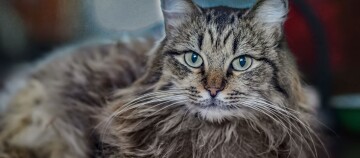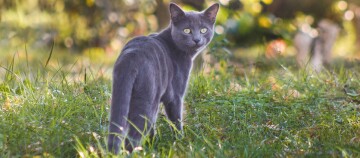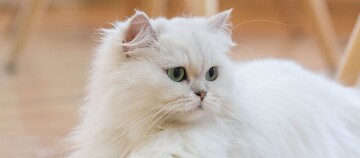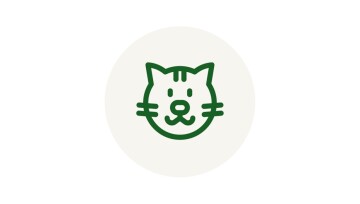European Shorthair - Balanced and Down-To-Earth with Character
01.01.2024 - Reading time: 3 minutes
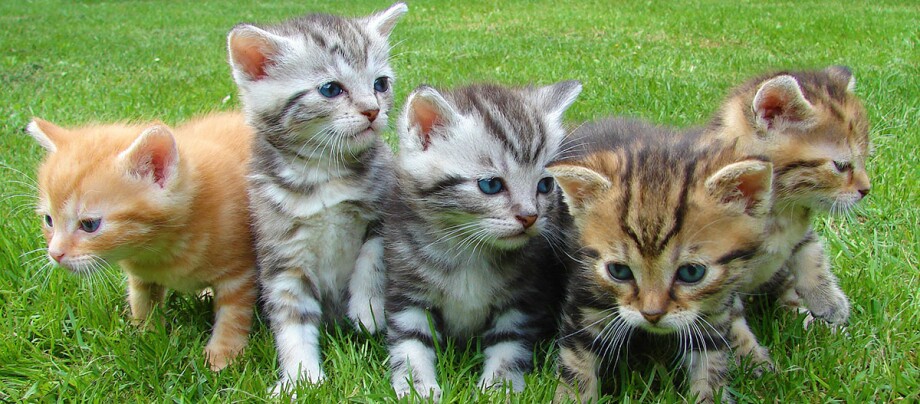
If you are looking for a robust and well-balanced cat the European Shorthair might be just for you. They are generally outdoor cats and have a wilful character. Visually they are very similar to a field-forest-meadow cat, which is why some cat owners, when visiting the vet, have been informed that their house cat is actually a pedigree European Shorthair.
NewsletterEuropean Shorthair
Breed | European Shorthair/ESH |
Origin | Europe |
Size | medium to large, 80 to 100 centimetres head-tail length |
Weight | Female cat 4 to 6 kilograms, male 5 to 7 kilograms |
Physique | strong, muscular, broad chest |
head shape | Head rounder than in the domestic cat, large face, medium long nose and rounded ears |
Eyes | round and wide apart; all eye colours are permitted, but should harmonise with the coat colour |
Coat and colour | short, dense coat with glossy top coat in all colours and markings occurring without crossbreeding with other breeds |
Coat care | no special measures necessary |
Special features | Coat colours resulting from breed cross-breeding (for example Point and Chocolate) are an exclusion criterion for the breed standard |
Nature | people-friendly, balanced, usually more trusting than the domestic cat |
It is indeed difficult for laymen to recognise the differences, which in principle is not a tragedy. Because regardless of whether it’s a purebred, a mix or a stray: your own cat is always the most beautiful.
Character of the European shorthair
Due to cross-breeding with Persian cats, the European shorthair is usually calmer than a domestic cat. It is considered to be more balanced and down-to-earth than other purebred cats and does not have such a pronounced urge to be free, yet it defends its territory against intruders. The character of the European shorthair is as individual as the animals themselves – there are cuddly cats as well as rather quarrelsome specimens. If you cannot give your European shorthair free access, you should at least provide a cat-proof balcony or garden.
Care and requirements of the European shorthair
The short, dense coat of the European shorthair does not need any special care. However, with regular brushing you can help your cat through the spring coat change and prevent hairballs from being swallowed. Many cats also enjoy grooming as a wellness activity. For working people, it is advisable to keep at least two cats. Also, if your ESH is to live as an indoor cat, it better have a playmate. As far as diseases are concerned, the European Shorthair is robust and not very susceptible. Free-rangers must be checked regularly for parasites.
European shorthair colours
The European Shorthair is therefore the “noble version” of the well-known domestic cat and less spectacular in its appearance than other purebred cats. The close resemblance to the domestic cat is one reason why ESH breeding is still a marginal phenomenon in Germany. As with domestic cats, the colour spectrum of the European Shorthair is almost inexhaustible – all naturally occurring coat colours and patterns are permitted. There are no restrictions at all for eye colours. Through breeding the colours have become purer and the markings more clearly defined. Also the eye colour of the European Shorthair often appears clearer than in domestic cats. There are about 30 systematically bred colourings, a total of 70 different colours and varieties are known.
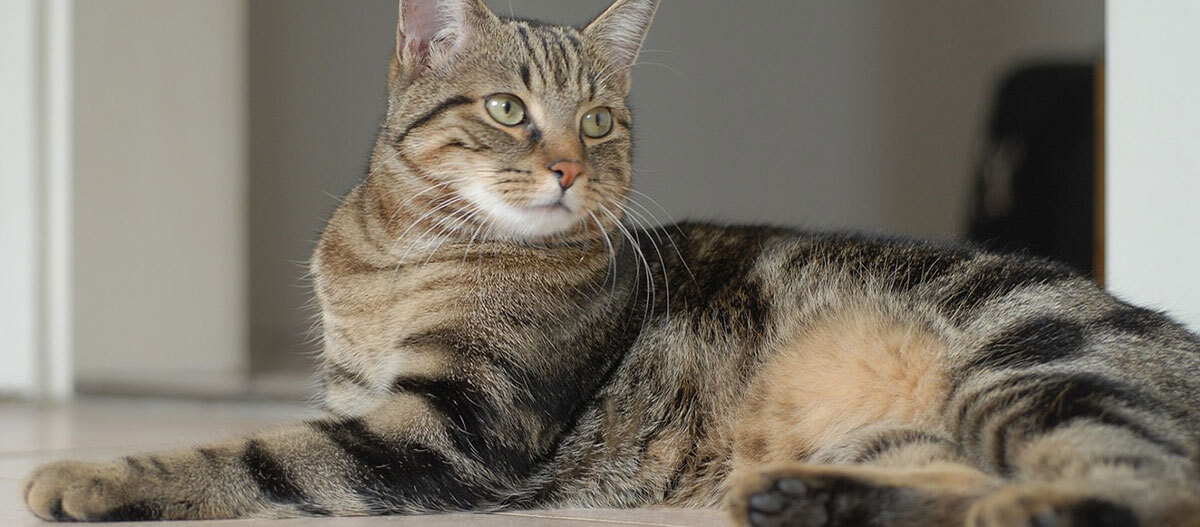
History of the European shorthair
The roots of the European shorthair and its sibling breeds lie in Egypt. There, the cats were revered as gods because the nimble hunters kept the mice in the granaries at bay. Through the Romans, the descendants of the African dun cat spread all over the world and adapted to the respective climatic conditions. This is how different breed types developed. Around the year 1000, there were cats everywhere in Europe. Scientists assume that the imported cats mixed with the native wild cats. In the Middle Ages, however, the image of the cat changed into a symbol of evil. From the companion of witches to the most popular pet in the 20th century, it was a long, hard road for the often misunderstood cat. In the 1980s, breeders, mainly in Scandinavian countries, tried to establish a standard and to refine the breed. This is how the European shorthair came into being.
Special features of the European shorthair
Certain colour variations such as Point or Chocolate may indicate that a non-European Shorthair was involved in the breeding. The colour disqualifies the animal for the breed standard. However, this does not diminish the lovable character of the cuddly tiger.
Video: “Everything about the European shorthair”
Breed portrait: European shorthair cat
There is more to this cat than meets the eye: the European shorthair is a breed with understatement. It goes back to a very old tradition and has developed naturally over centuries into an independent breed. In this video you will learn what makes a purebred European shorthair - and why it is so often confused with the domestic cat.
